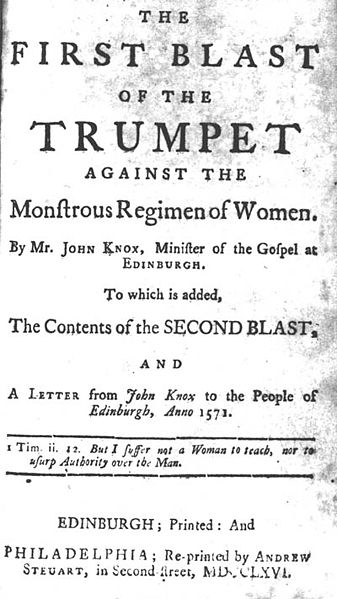Given the adoration Queens Elizabeth I and Victoria received from both the nobles and peasants in spite of the fact that women basically had no power in Britain (not anywhere else, really, for that matter), it isn't contradictory for a nation to accept a female sovereign, especially, as people have said, their role is more of a symbolic "mother queen" than a despotic ruler.
When you think about it, in closed, paranoied theocracies, it's probably easier to pay allegiance to a nation figureheaded by a woman. The psychology of "protecting Mom/Sis/The Virgin" from invasion is a very strong motivator, and probably would make a population be more forgiving of mistakes made by that leader than a blundering Saddam-ish dictator.
Also choosing a woman as that figurehead fully fits into the whole theme of the book. It would have been less compelling if Borogravians were fighting for a male figurehead. By having a woman in this role, Pterry sets up a nice dramatic cognitive dissonance by ultimately saying that women in power can be as represssive and act as stupidly as men.
But, overall, the use of the Duchess as a unifying icon is more of a referene to the rise of the paranoid dictator states in the 20th century. Countries like China, North Korea, Yugoslavia, and many of the Eastern European countries venerated dictators like Mao and Tito to that status of demi-god, creating giant statues of these figures, naming towns and streets after them, and instilling the cult of personality in the population to the point where if you didn't have a picture of Fearless Leader in every room you were marked as a traitor.
J-I-B





